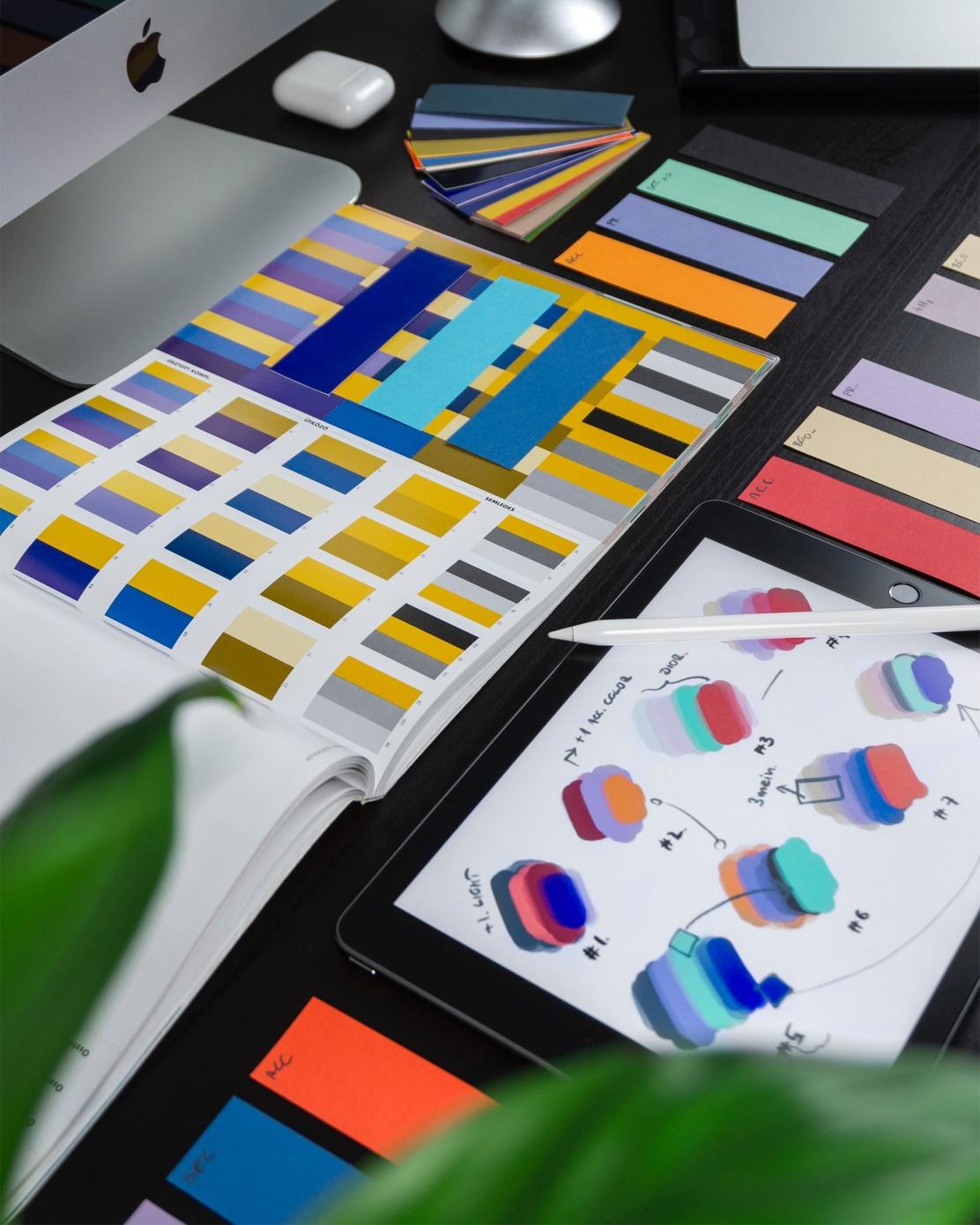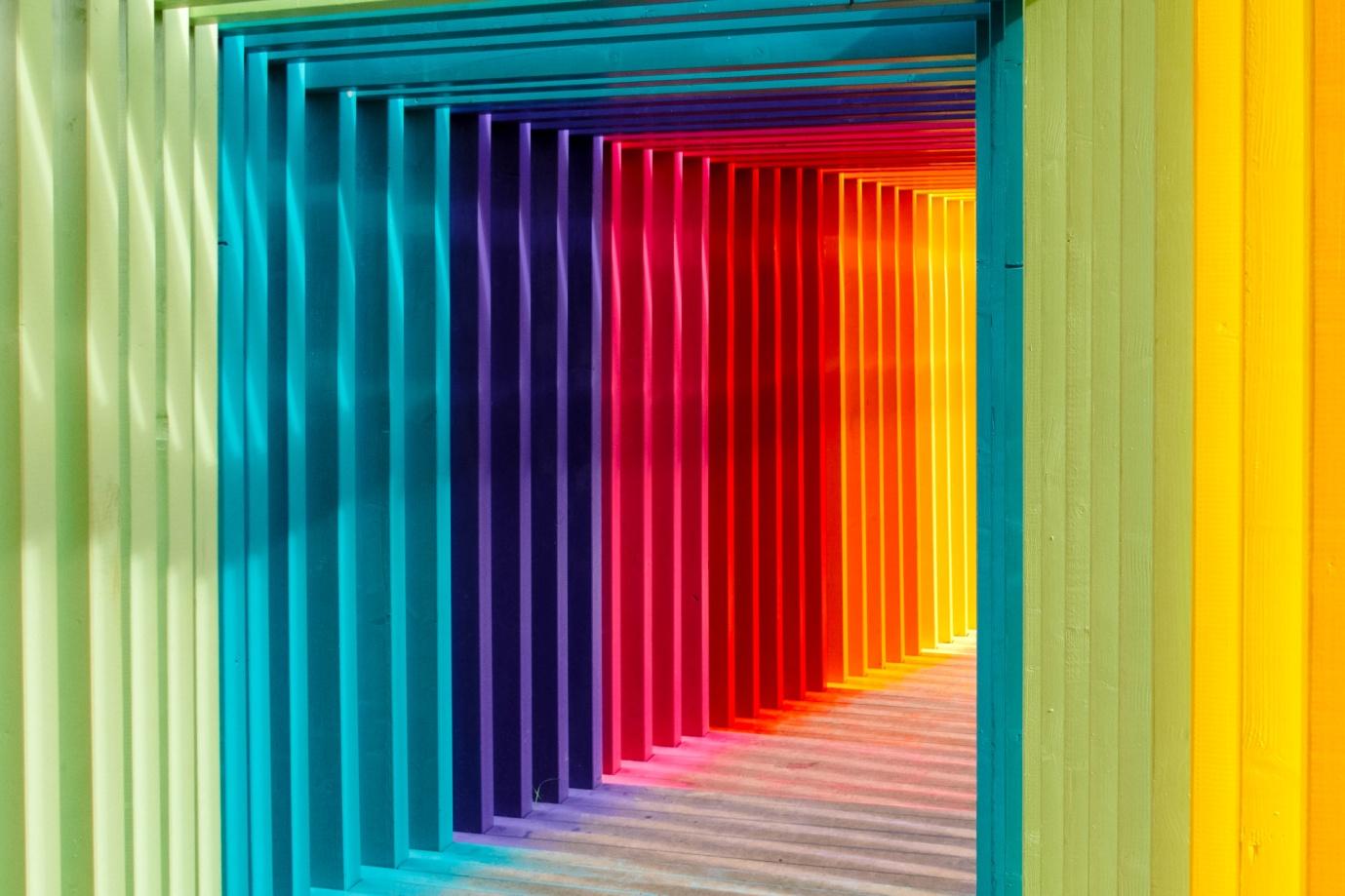A professional color designer is a highly skilled and creative individual working with numerous platforms, products, and services. The exact duties are usually industry- or company-specific. Some work on garments collections for clothing or shoe brands, others prepare visuals for a marketing campaign, for example.
However, the set of essential skills for his career remains consistent. Experts from the job aggregator Jooble helped to create this ultimate list of them. If you are looking into a color designer career or want to update your resume, this article is a good start.
Essential Skills a Color Designer Must Have
Knowledge of Color Theory
It is the foundation of any career in design. A true professional knows all about the color wheel, mixing different tones, primary and secondary colors. One needs to understand the psychology between human perception of different hues. It is essential to create combinations and contrasts for new products or lines.
Main Design Principles
The next fundamental expertise is general design principles. Whether one works with websites, product design, or marketing materials, the basic rules are always the same, including:
- Alignment and balance;
- Hierarchy;
- Repetition;
- Branding;
- Typography;
- UX/UI;
- Contrast, etc.
All of them allow creating a well-balanced and effective visual message or product.
Specific Software Knowledge
Specialists in this field also need to have strong technical skills when it comes to particular software solutions. Of course, the exact list of programs depends on the project and responsibilities. However, there are some almost universally used titles, such as:
- Adobe Suite (Photoshop, Illustrator, InDesign, Flash, Creative Cloud);
- Quark;
- QuarkXpress;
- Canva;
- CorelDRAW;
- Sketch, etc.
Those who work with digital tools might have a longer list of the necessary software.
Ideation
Ideation is another vital skill for this type of expert. It means being able to come up with new ideas and concepts. It might seem obvious to some, but it requires strong research skills and a design thinking process.
Experts need to develop ideas as well as the means of their implementation.
Communication
This one comes in two aspects – the ability to communicate with the team and clients and the ability to convey visual communication products. So both verbal and non-verbal communication is crucial for designers.
This job usually involves a lot of cooperation between different professionals and departments. One needs to be convincing, confident, and a good listener.
Creativity
To be a valued specialist in this industry, one has to be a creative thinker. It includes critical thinking and problem solving as well. Designers have an eye for aesthetics and details. They need to work on a perfect balance between the underlying message and audience appeal.
Often the case, they work with multiple clients or several projects at a time. It means that they need to put their creativity into the structure to be able to use it when needed.
Time Management
With the necessity to juggle multiple projects at a time comes the need for strong time management skills. It is important to multitask sometimes and always be strict with deadlines. One needs to make decisions constantly, create schedules, organize time, and work according to the agreed strategy.
One of the secrets to doing it efficiently is to set a time for improvement and edits. Rarely any project or idea is accepted in the first draft. So, a professional color designer needs to consider this when creating and sticking to a work calendar.
In Summary
Design is a creative and fulfilling career for those who have an eye for detail, a sense of color, and want to create something unique. But it also requires hard skills, such as problem-solving, deep knowledge of design fundamentals, and experience with particular software solutions.
Read More:
celebrating women change makers in fashion
paris fashion week supports the metaverse











